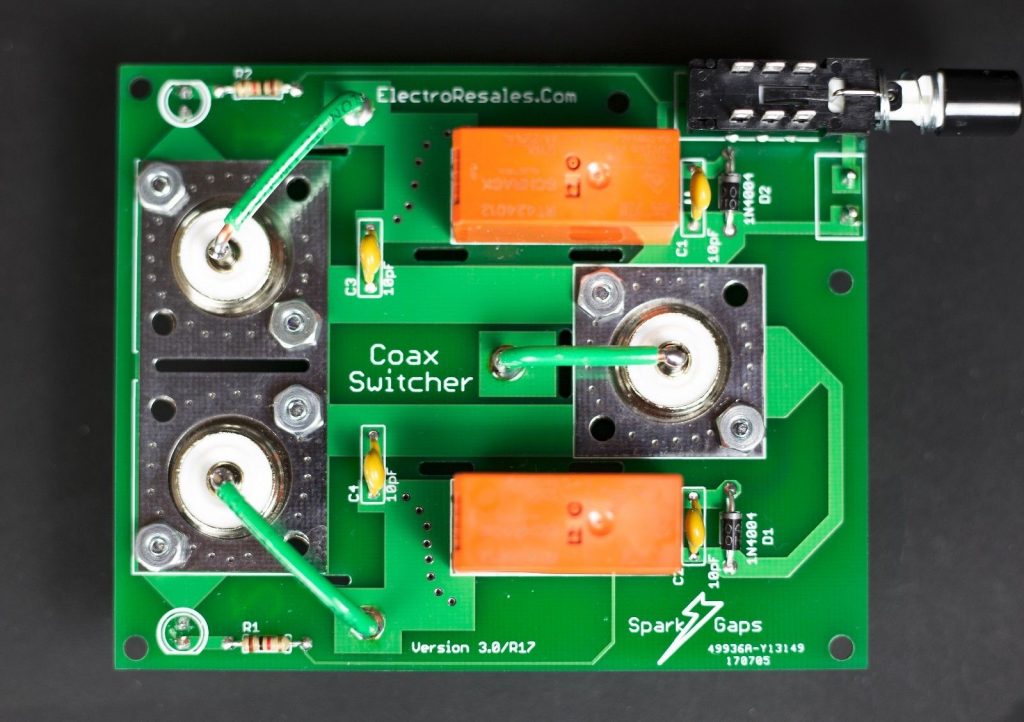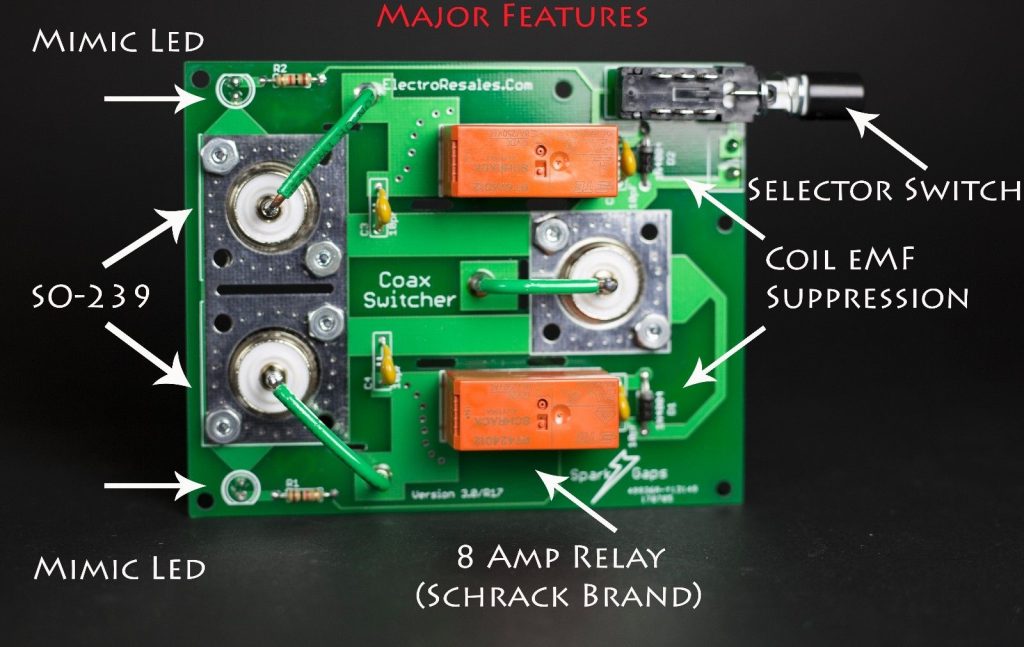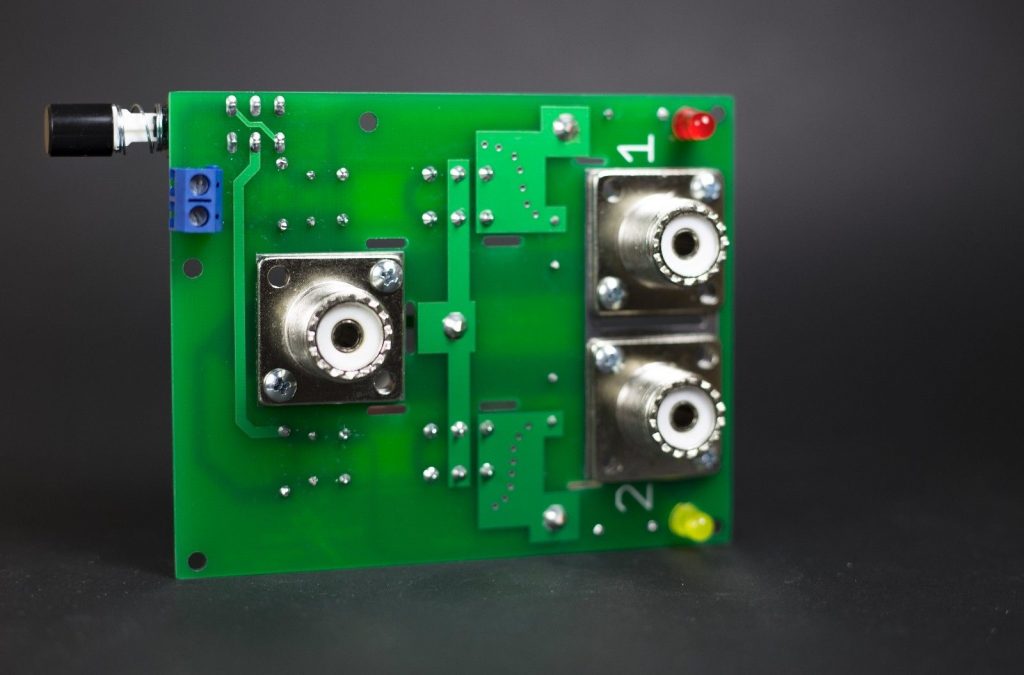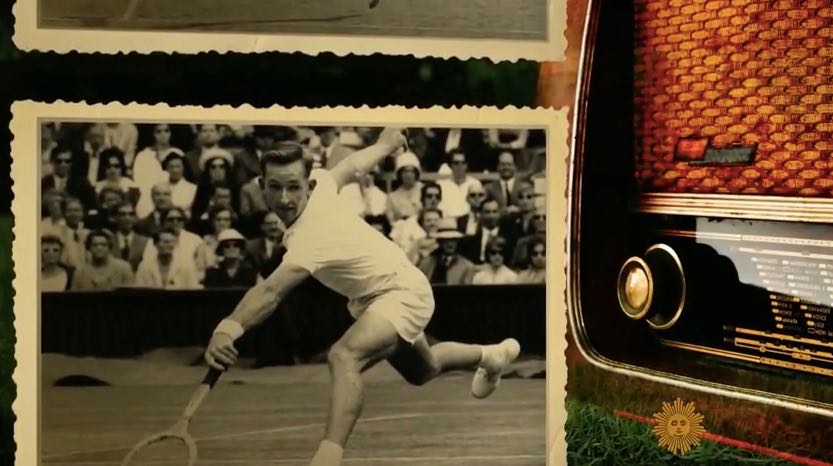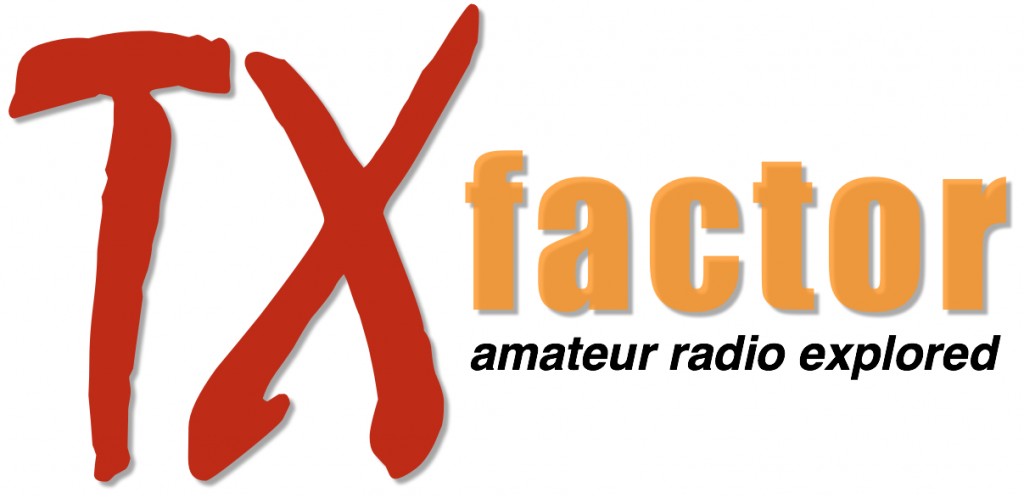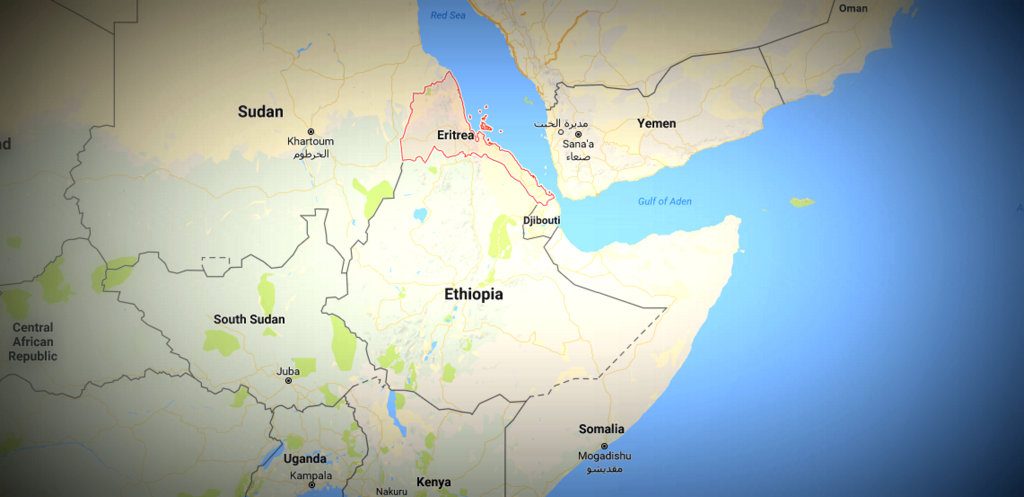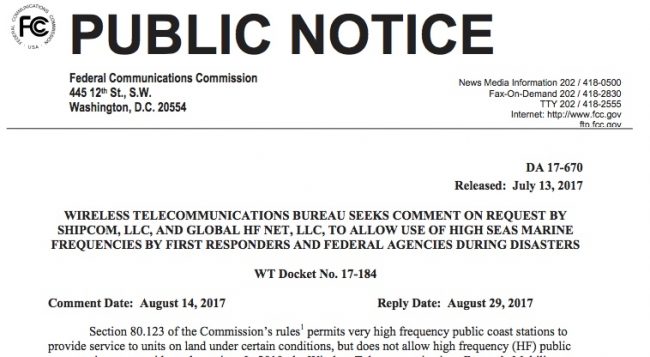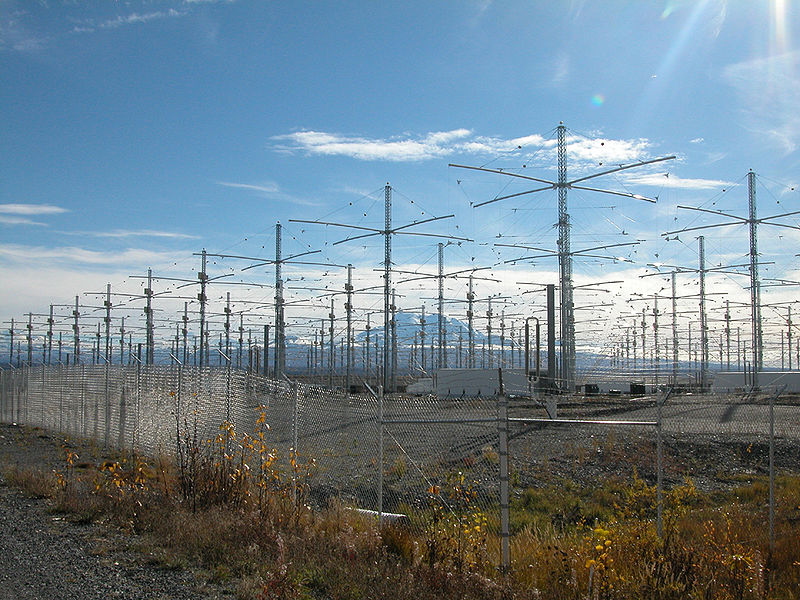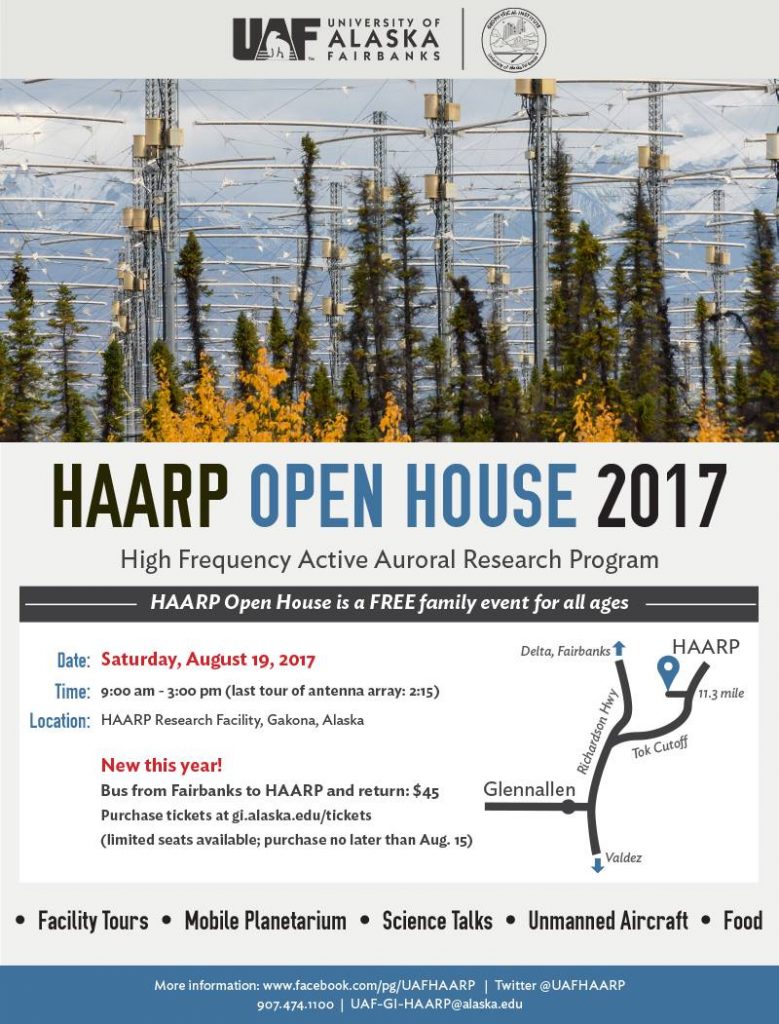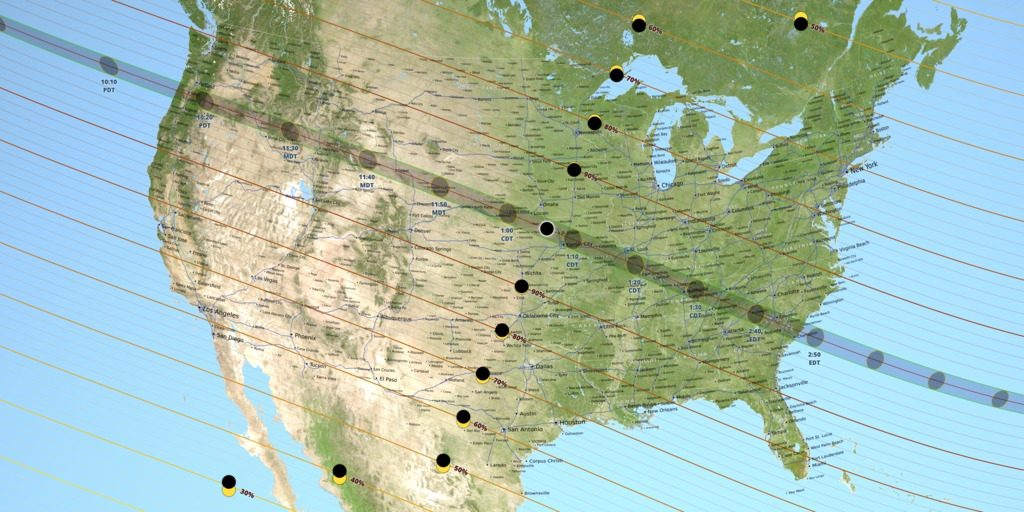
A map of the United States showing the path of totality for the August 21, 2017 total solar eclipse. (Source: NASA)
Many thanks to SWLing Post contributor, Colin Newell, who shares a fascinating 2017 eclipse experiment outlined on the website HamSCI.
Here’s the summary of the experiment:
On 21 August 2017, a total solar eclipse will traverse the continental United States from Oregon to South Carolina in a period of just over 90 minutes.
Previous research shows that the shadow of the eclipse will impact the ionospheric state, but has not adequately characterized or explained the temporal and spatial extent of the resulting ionospheric effects.
HamSCI is inviting the amateur radio community to contribute to a large scale experiment by participating in an Eclipse QSO party and further developing automatic observation networks such as the Reverse Beacon Network.
Data resulting from these activities will be combined with observations from existing ionospheric monitoring networks in an effort to characterize and understand the ionospheric temporal and spatial effects caused by a total solar eclipse.
Click here to read the full detailed experiment at HamSCI online.

